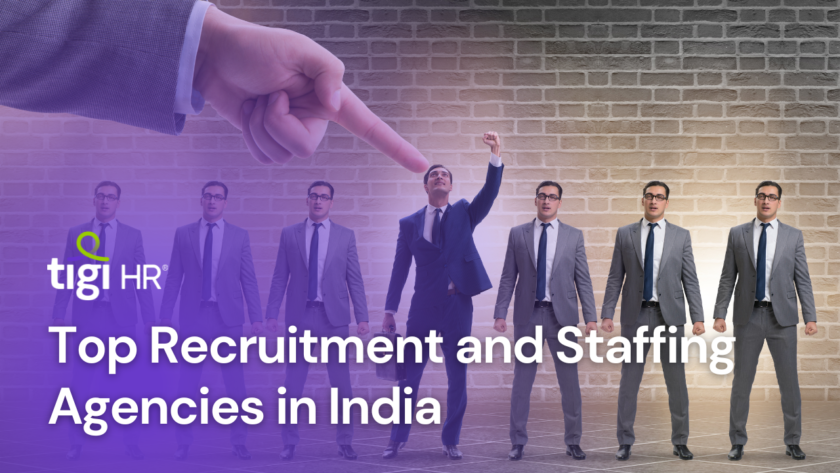Conflict in the workplace is a common challenge that HR professionals encounter regularly. It’s an inevitable part of human interaction, stemming from differences in opinions, expectations, or values. In this article, we’ll explore the art of conflict management in the workplace from an HR perspective. We will delve into the key aspects, strategies, and practices that HR can employ to promote a peaceful and productive work environment.
Understanding Workplace Conflict
Before delving into the techniques for managing workplace conflict, it’s essential to have a deep understanding of the issue itself. Workplace conflict can be categorized into two primary types:
Interpersonal Conflict: Arising from differences between employees, such as disagreements, personality clashes, or misunderstandings.
Structural Conflict: Rooted in systemic issues within the organization, such as inadequate resources, unclear policies, or unmanaged change.
Identifying the type of conflict is vital, as it influences the choice of conflict resolution strategies.
Effective Conflict Management Strategies
Early Intervention: Timely intervention can prevent a minor disagreement from escalating into a full-blown conflict. HR should encourage employees to voice their concerns early, allowing for swift resolution.
Conflict Resolution Framework: Establish a clear conflict resolution framework within the organization. This outlines the steps to be taken when conflicts arise, ensuring consistency and fairness.
Mediation: In cases of intense interpersonal conflict, consider mediation by a trained and impartial mediator. Mediators can facilitate constructive conversations and guide parties toward mutually acceptable solutions.
Open Dialogue: Create a culture of open and honest communication. Encourage employees to express their thoughts and concerns without fear of retaliation. Active listening is a powerful tool in understanding the underlying issues.
Training and Development: Provide conflict resolution training for employees and managers. Equipping them with conflict resolution skills can lead to a more empowered and self-reliant workforce.
Role of HR: HR professionals should serve as neutral facilitators, not judges. Avoid taking sides in conflicts and work to find solutions that benefit all parties involved.
Preventing Conflict
In addition to managing conflicts when they arise, HR should also focus on preventing them. Here are some proactive measures:
Effective Leadership: Promote strong leadership that values transparency, fairness, and empathy. Leaders set the tone for the work environment and can influence the prevention of conflicts.
Clear Policies and Procedures: Ensure that your organization has well-defined policies and procedures for conflict resolution, grievance processes, and employee feedback. Clarity in these areas minimizes confusion and disputes.
Team Building: Encourage team-building activities and initiatives that foster better understanding among employees. Strong, cohesive teams are less likely to experience internal conflicts.
Conclusion
Conflict management is a critical aspect of HR’s role in maintaining a harmonious workplace. Understanding the types of conflict, employing appropriate conflict resolution strategies, and creating a culture of open communication are key elements in this endeavor. By focusing on early intervention and prevention, HR professionals can contribute to a more peaceful and productive work environment, where conflicts are seen as opportunities for growth and improvement rather than hindrances. Ultimately, harmonious workplaces are the foundation of a successful and thriving organization.
The Art of Conducting Effective Employee Performance Reviews
Employee performance reviews, when done right, are a catalyst for growth. Prepare meticulously, create a comfortable space, and actively listen. Offer specific, constructive feedback, celebrate achievements, and set development goals collaboratively. Address concerns with empathy, ensuring consistency in your approach. Follow up regularly to maintain progress. This process, an art in itself, fosters a culture of excellence.
Find trusted recruitment agencies : Click here





